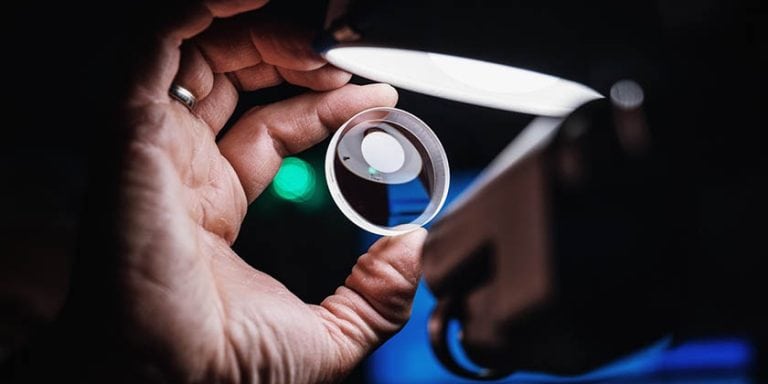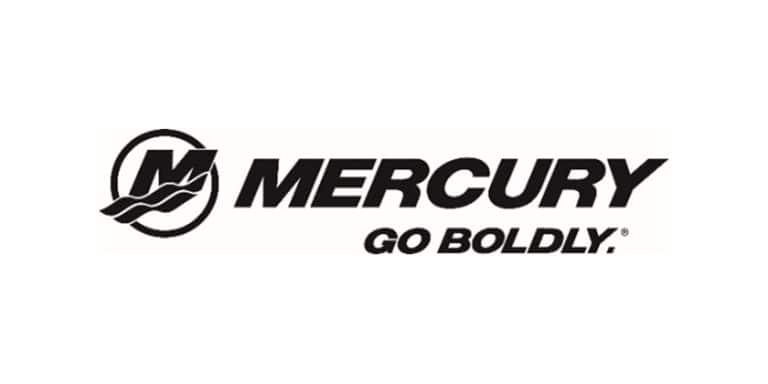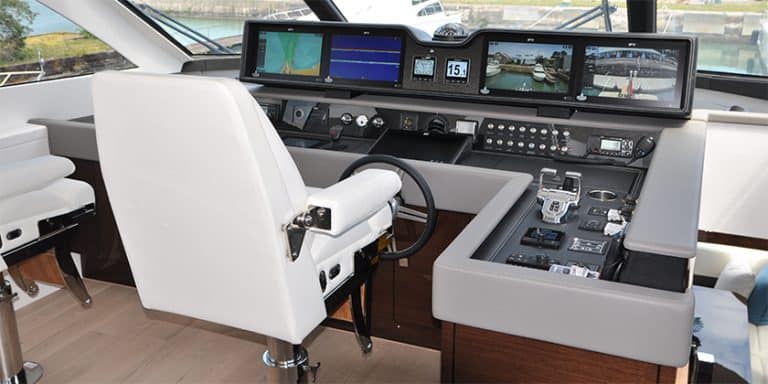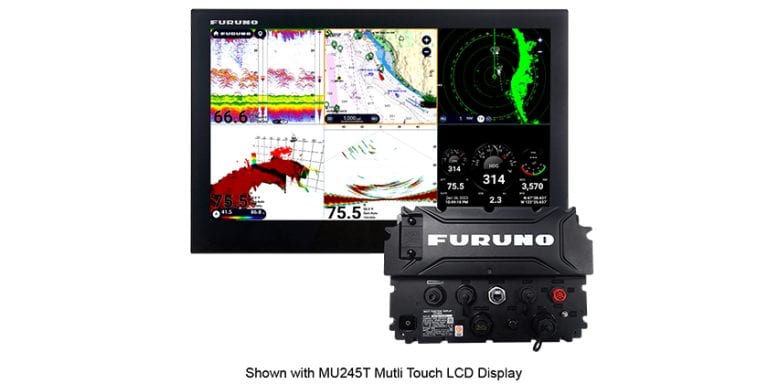Standard Horizon VHF

 The HX850S is the only floating VHF handheld radio on the market with a built-in 12-channel GPS receiver that allows the radio to transmit a DSC call with your coordinates. It’s perfect for a ditch bag or other offshore boating applications.
The HX850S is the only floating VHF handheld radio on the market with a built-in 12-channel GPS receiver that allows the radio to transmit a DSC call with your coordinates. It’s perfect for a ditch bag or other offshore boating applications.
This workhorse radio includes 6 watts of transmit power, a die-cast chassis, full dot matrix display with full screen readout of Channel Names, Radio Position, Radio/SOG/COG pages. Digital Selective Calling (SC-101) includes Position Request and Position Send functions.
Material: Polycarbonate housing, die-cast chassis
Controls: 10-button keypad
Scanning Modes: Programmable scan, programmable priority scan, dual watch
Weather Alert: Yes
Antenna: Flexible whip
Transmit Power: 6/5/2/1 Watts
Battery Life: 1150mAh Li-ion, more than 7 hours
Waterproof: Floating, rated IPX-7 submersible
Dimensions: 2.5"W x 5.6"H x 1.8"D
Display Type: LCD
Sceen Size: 1.6"W x 0.9"H
Weight: 11.5oz.
Included Equipment: AC/DC chargers, charging cradle, belt clip
GPS: (HX850S): 12 Channels Time to Fix: cold start/50 seconds (typical), hot start/9 seconds (typical)
NMEA Output: (HX850S) DSC, DSE, GLL, RMC, GSA, GSV, GGA
Warranty: Three years, including water damage: $65 flat rate thereafter





























